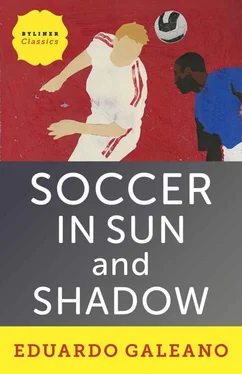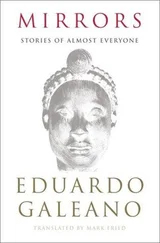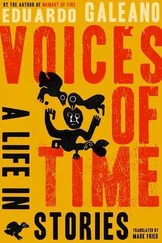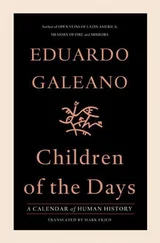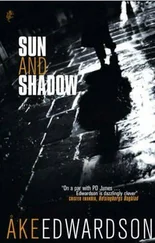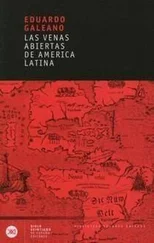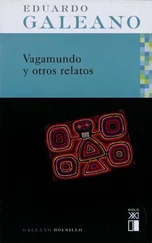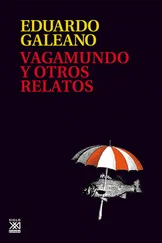As soccer became a popular passion and revealed its hidden beauty, it disqualified itself as a dignified pastime. In 1915 the democratization of soccer drew complaints from the Rio de Janeiro magazine Sports : “Those of us who have a certain position in society are obliged to play with workers, with drivers.… Playing this sport is becoming an agony, a sacrifice, never a pastime.”
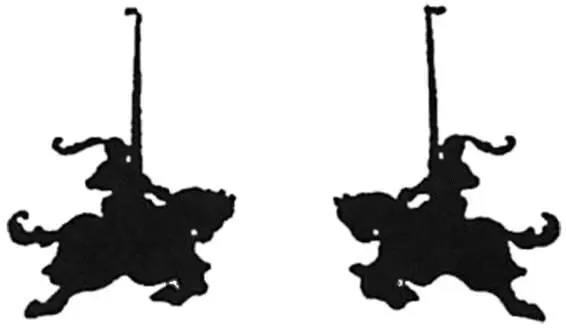
The year 1912 saw the first classic in the history of Brazilian soccer: the first Fla — Flu. Fluminense beat Flamengo 3–2.
It was a stirring and violent match that caused numerous fainting spells among the spectators. The boxes were festooned with flowers, fruits, feathers, drooping ladies, and raucous gentlemen. While the gentlemen celebrated each goal by throwing their straw hats onto the playing field, the ladies let fall their fans and collapsed from the excitement of the goal or the oppression of heat and corset.
Flamengo had been born not long before, when Fluminense split after much saber rattling and many labor pains. Soon the father was sorry he had not strangled this smart aleck of a son in the cradle, but it was too late. Fluminense had spawned its own curse and nothing could be done.
From then on, father and son — rebellious son, abandoned father — dedicated their lives to hating each other. Each Fla — Flu classic is a new battle in a war without end. The two love the same city, lazy, sinful Rio de Janeiro, a city that languidly lets herself be loved, toying with both and surrendering to neither. Father and son play for the lover who plays with them. For her they battle, and she attends each duel dressed for a party.
The Opiate of the People?
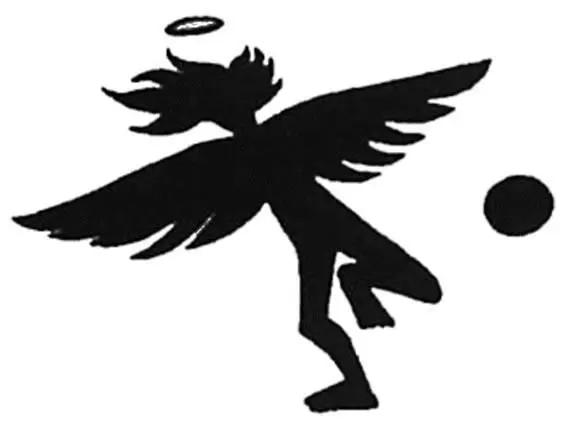
How is soccer like God? Each inspires devotion among believers and distrust among intellectuals.
In 1902 in London, Rudyard Kipling made fun of soccer and those who contented their souls with “the muddied oafs at the goals.” Three quarters of a century later in Buenos Aires, Jorge Luis Borges was more subtle: he gave a lecture on the subject of immortality on the same day and at the same hour that Argentina was playing its first match in the 1978 World Cup.
The scorn of many conservative intellectuals comes from their conviction that soccer worship is precisely the superstition people deserve. Possessed by the ball, working stiffs think with their feet, which is entirely appropriate, and fulfill their dreams in primitive ecstasy. Animal instinct overtakes human reason, ignorance crushes culture, and the riffraff get what they want.
In contrast, many leftist intellectuals denigrate soccer because it castrates the masses and derails their revolutionary ardor. Bread and circus, circus without the bread: hypnotized by the ball, which exercises a perverse fascination, workers forget who they are and let themselves be led about like sheep by their class enemies.
In the River Plate, once the English and the rich lost possession of the sport, the first popular clubs were organized in railroad workshops and shipyards. Several anarchist and socialist leaders soon denounced the clubs as a maneuver by the bourgeoisie to forestall strikes and disguise class divisions. The spread of soccer across the world was an imperialist trick to keep oppressed peoples trapped in an eternal childhood.
But the club Argentinos Juniors was born calling itself the Chicago Martyrs, in homage to those anarchist workers, and May 1 was the day chosen to launch the club Chacarita at a Buenos Aires anarchist library. In those first years of the twentieth century, plenty of left-leaning intellectuals celebrated soccer instead of repudiating it as a sedative of consciousness. Among them was the Italian Marxist Antonio Gramsci, who praised “this open-air kingdom of human loyalty.”
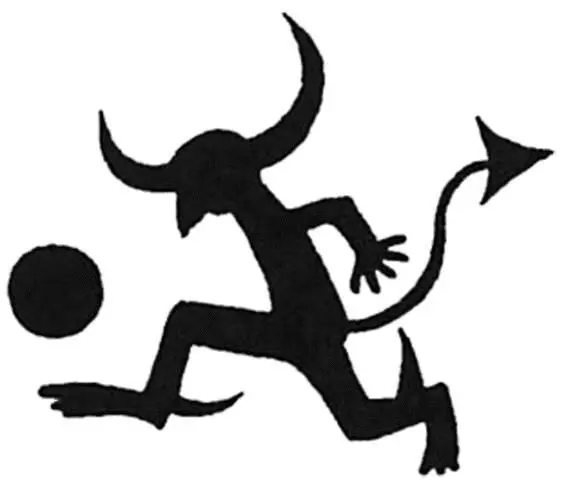

During the summer of 1916, in the midst of the World War, an English captain named Nevill launched an attack by kicking a ball. He leaped out from behind the parapet that had offered some cover and chased the ball toward the German trenches. His regiment, at first hesitant, followed. The captain was cut down by gunfire, but England conquered that no-man’s-land and celebrated the battle as the first victory of British soccer on the front lines.
Many years later, toward the end of the century, the owner of Milan won the Italian elections with a chant from the stadiums, “Forza Italia!” Silvio Berlusconi promised to save Italy the way he had saved Milan, the all-time champion superteam, and voters forgot that several of his companies were on the edge of ruin.
Soccer and fatherland are always connected, and politicians and dictators frequently exploit those links of identity. The Italian squad won the World Cups of 1934 and 1938 in the name of the fatherland and Mussolini, and the players started and finished each match by saluting the crowd with their right arms outstretched, giving three cheers for Italy.
For the Nazis too, soccer was a matter of state. A monument in the Ukraine commemorates the players of the 1942 Dynamo Kiev team. During the German occupation they committed the insane act of defeating Hitler’s squad in the local stadium. Having been warned, “If you win, you die,” they started out resigned to losing, trembling with fear and hunger, but in the end they could not contain their yearning for dignity. When the match was over all eleven were shot with their club shirts on at the edge of a cliff.
Soccer and fatherland, fatherland and soccer: in 1934 while Bolivia and Paraguay were annihilating each other in the Chaco War, disputing a deserted corner of the map, the Paraguayan Red Cross formed a soccer team that played in several cities of Argentina and Uruguay and raised enough money to attend to the wounded of both sides.
Three years later, while General Franco, arm in arm with Hitler and Mussolini, bombed the Spanish Republic, a Basque team was on the road in Europe and the club Barcelona was playing in the United States and Mexico. The Basque government had sent the Euzkadi team to France and other countries to publicize their cause and raise funds for defense; Barcelona had sailed for America with the same mission. It was 1937 and Barcelona’s captain had already fallen under Franco’s bullets. On the soccer field and off, the two wandering teams embodied democracy under siege.
Only four of Barcelona’s players made it back to Spain during the war. Of the Basques, only one. When the Republic was defeated, FIFA declared the exiled players to be in rebellion and threatened them with permanent suspension, but a few of them managed to find work with Latin American teams. Several of the Basques formed the club España in Mexico, who were unbeatable in the early years. The Euzkadi center forward, Isidro Lángara, made his debut in Argentina in 1939. In his first match he scored four goals. That was for San Lorenzo, where Ángel Zubieta, who had played in Euzkadi’s midfield, also starred. Later on, in Mexico, Lángara led the list of scorers in the 1945 championship.
The model club of Franco’s Spain, Real Madrid, ruled the world between 1956 and 1960. This astonishing team won four cups in a row in the Spanish League, five European Cups, and one Intercontinental. Real Madrid went everywhere and always left people with their mouths hanging open. The Franco dictatorship had found a traveling embassy that could not be beat. Goals broadcast by radio were more effective trumpets of triumph than the anthem “Cara al Sol.” In 1959 one of the regime’s political bosses, José Solís, voiced his gratitude to the players: “Thanks to you, people who used to hate us now understand us.” Like El Cid, Real Madrid embodied all the virtues of Immortal Spain, even though its famous squad looked more like the Foreign Legion: the Frenchman Kopa, the Argentines Di Stéfano and Rial, the Uruguayan Santamaría, and the Hungarian Puskás.
Читать дальше
